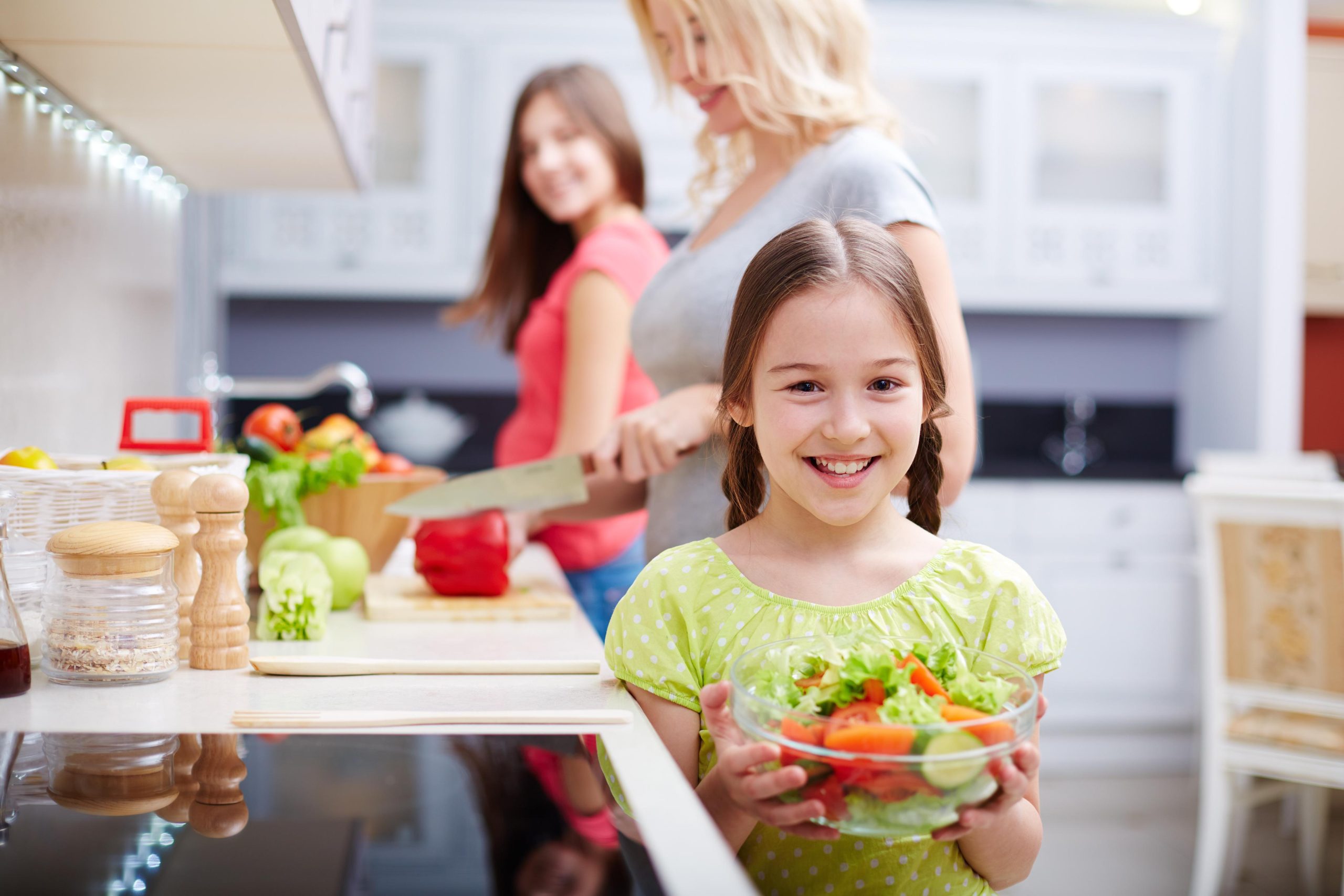
What Foods Should Be Avoided in Preschooler Lunch Boxes? A Complete Meal Guide
As a parent or guardian, packing a healthy and nutritious lunch for your preschooler can be challenging. With so many tempting snack options and convenience foods, it can be difficult to know what to include and what to avoid. But it’s important to ensure that your preschooler’s lunch box includes a variety of wholesome foods that provide the necessary nutrients for their growth and development.
We’ll discuss what foods should be avoided in preschooler lunch boxes and provide a complete meal guide that’s sure to keep your little ones healthy and satisfied.
Packing a nutritious lunch for your preschooler doesn’t have to be difficult. By including a variety of foods from each food group, avoiding unhealthy snacks and drinks, and ensuring that your preschooler stays hydrated, you can help to promote their growth and development. Getting your preschooler involved in lunch box planning can also be a fun and educational experience. With these tips and sample lunch box ideas, you can ensure that your little ones stay healthy and satisfied throughout the day.
The Importance of a Balanced Lunch Box
Preschoolers have high energy needs due to their growth and development. It’s essential to ensure that their lunch boxes contain a balanced meal that includes protein, carbohydrates, healthy fats, vitamins, and minerals. A balanced lunch will provide your preschooler with the necessary nutrients to maintain their energy levels and support their cognitive and physical development.
When packing a lunch for your preschooler, it’s important to include a variety of foods from each food group. These include:
- Protein: Protein is essential for building and repairing tissues, as well as supporting the immune system. Good sources of protein include lean meats, poultry, fish, eggs, beans, and lentils.
- Carbohydrates: Carbohydrates are the body’s main source of energy. Good sources of carbohydrates include whole grains, fruits, vegetables, and legumes.
- Healthy Fats: Healthy fats are essential for brain development and hormone production. Good sources of healthy fats include nuts, seeds, avocado, and oily fish.
- Vitamins and Minerals: Vitamins and minerals are essential for maintaining good health and preventing chronic diseases. Good sources of vitamins and minerals include fruits, vegetables, dairy products, and lean meats.
By including a variety of foods from each food group in your preschooler’s lunch box, you can be sure that they’re getting the necessary nutrients for their growth and development.
Foods to Avoid in Preschooler Lunch Boxes
When packing a lunch for your preschooler, it’s important to avoid certain foods that are high in sugar, salt, and unhealthy fats. These foods can lead to tooth decay, obesity, and other health problems.
- Sugary Foods: Sugary foods such as candy, cookies, and chocolate should be avoided in preschooler lunch boxes. These foods are high in sugar and can cause tooth decay and other health problems.
- Processed Foods: Processed foods such as chips, crackers, and packaged snacks are often high in salt and unhealthy fats. These foods should be avoided or limited in preschooler lunch boxes.
- Fried Foods: Fried foods such as chicken nuggets and French fries are high in unhealthy fats and should be avoided in preschooler lunch boxes.
- Soda and Juice: Soda and juice are high in sugar and can cause tooth decay and other health problems. Water or milk should be included in preschooler lunch boxes instead.
By avoiding these foods in preschooler lunch boxes, you can ensure that your little ones are getting the necessary nutrients for their growth and development.
Sample Preschooler Lunch Box
Now that you know what foods to include and what to avoid in preschooler lunch boxes, here’s a sample lunch box that’s sure to keep your little ones healthy and satisfied:
- Protein: Turkey and Cheese Sandwich on Whole Grain Bread
- Carbohydrates: Apple Slices and Carrot Sticks
- Healthy Fats: Almonds
- Vitamins and Minerals: Greek Yogurt with Berries
Healthy Lunch Box Alternatives for Common Unhealthy Snacks
It can be tempting to pack pre-packaged snacks and processed foods in your preschooler’s lunch box for convenience. However, these foods are often high in salt, sugar, and unhealthy fats. Here are some healthy alternatives that you can pack in your preschooler’s lunch box instead:
- Instead of chips or crisps, try packing air-popped popcorn or homemade kale chips.
- Instead of cookies or biscuits, try packing homemade oatmeal raisin cookies or sliced fruit.
- Instead of pre-packaged fruit snacks, try packing fresh fruit or dried fruit with no added sugar.
- Instead of sugary drinks, try packing water or low-fat milk.
By swapping out unhealthy snacks for these healthier alternatives, you can ensure that your preschooler’s lunch box is both nutritious and satisfying.


